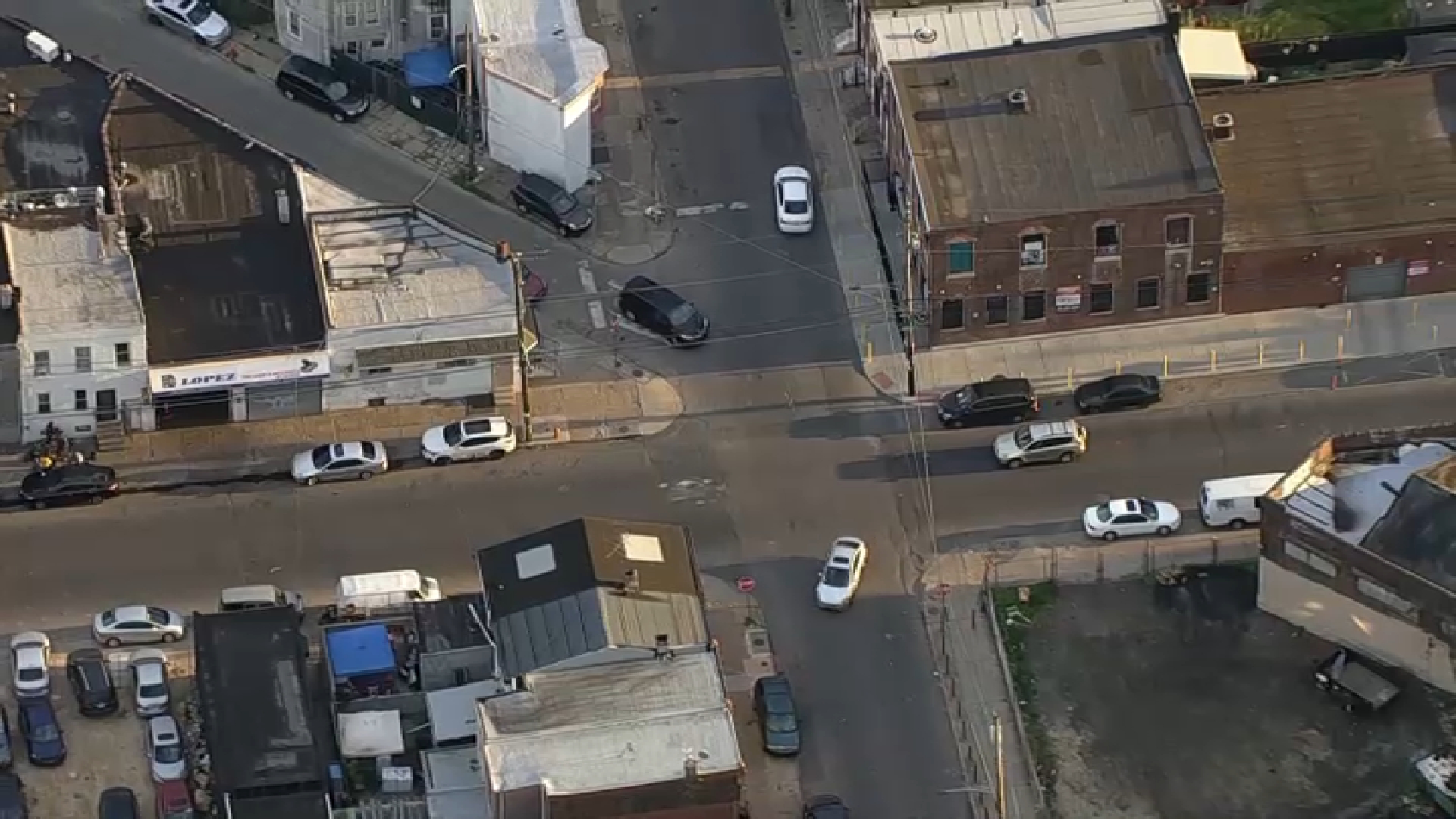Expect to get an eyeful -- of ads -- on your future SEPTA ride. Not just on the train, but outside and on the platform.
Hoping to generate more cash, the transit agency is expanding how and where they'll allow advertising. That includes inside and outside of regional rail trains, its website and really any surface an ad can be plastered -- it’s all up for grabs.
“Only about two-fifths of our operating budget comes from ridership and revenue,” says SEPTA spokesperson Jerri Williams. “And we need to do whatever we can do to increase the revenue we bring in.”
SEPTA expects to pull in $14 million in revenue from advertising -- a jump of $3 million over 2012. A mere 0.01-percent of the agencies’ projected $1.2 billion operating budget. Williams says more advertising means more money from sources other than the government.
“Any additional money makes us look good when we go to the federal government and the state asking for funding we can show we’re doing our part too.”
SEPTA, which serves nearly one million riders a day, is working with ad seller Titan to squeeze out every possible advertising opportunity available.
“Whatever way we can get money, Titan’s looking into that and as our CFO said he’ll put a sticker on anything, put an ad on anything within reason,” Williams said. Including the outside of regional rail trains. A move that took an act of legislation by the Pennsylvania legislature.
Local
Breaking news and the stories that matter to your neighborhood.
“One of the initial issues was the type of material, they wanted to make sure it wasn’t going to come off as the train is speeding along the track,” Williams said. Once the wraps were proven not to peel, Williams says the bill passed in June 2011.
There have been a handful of campaigns run on the outside of regional rail trains so far. Titan says they’ve run a combination of complete car wraps and billboards since the law change. Currently, there are four bright orange Tropicana cars -- dubbed the Sunshine Express -- running the rails.
“They create a great wow factor,” says Titan’s general manager Jon Roche.
To have a regional rail car completely wrapped in advertisements costs $20,000 a month – plus $20,000 to produce and install the ads, Roche says. Posting a billboard on the side of a car goes for $2,500 a month with a $3,500 installation. Billboards for Villanova's MBA program are running on cars now. Roche says the average run is 12 weeks long.
The rail cars are not assigned to a specific line, so a car could make a run to Doylestown one day and Media another. On an average weekday, 125,000 people ride the regional rail, according to SEPTA. And although only a set number of riders take a specific line each day, Roche says station stops are valuable too.
“It’s not just the people who ride that particular rail car,” Roche says. “In Suburban Station, at the end of a workday, it’s extremely crowded and a number of people will see them.”
Station names are also up for grabs. In 2010, the transit authority agreed to rename the Broad Street subway’s Pattison Avenue station to AT&T Station. The five-year deal was valued at $5 million. Williams says SEPTA’s also considering selling naming rights at additional stations, though there are no concrete plans.
Another new source of advertising revenue could come in the form of ticketing cards. SEPTA’s in the process of rolling out a new payment system on its subway, trolley and bus lines. Called New Payment Technology or NPT, riders will use new cards to pay fares -- cards that can be branded with advertisements.
“Who’s sponsoring that card? If it’s sponsored by a financial institution, it may provide additional revenue,” Williams says.
The NPT system is expected to be pilot tested at the end of 2013 and rolled out in 2014. While SEPTA’s willing to put an ad on almost anything, Williams says they’re picky about what can be advertised.
“One of our priorities is to make sure our passengers have a pleasant riding experience, but we also have a huge responsibility to be fiscally responsible. As long as that ad is not offensive, sexually explicit or violent, we’re going to bring extra revenue to the authority.”
One thing the additional ad cash won’t offset -- fare increases.
“We have a set pattern for our fare increases every three years just to keep up with the economy based on the cost of living,” Williams says. “We know every three years we’re going to look at the cost of living and make those adjustments.”
If you see the newly wrapped trains, snap a picture and tweet it to @NBCPhiladelphia.



